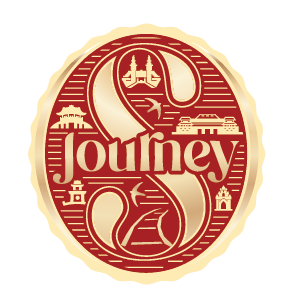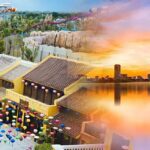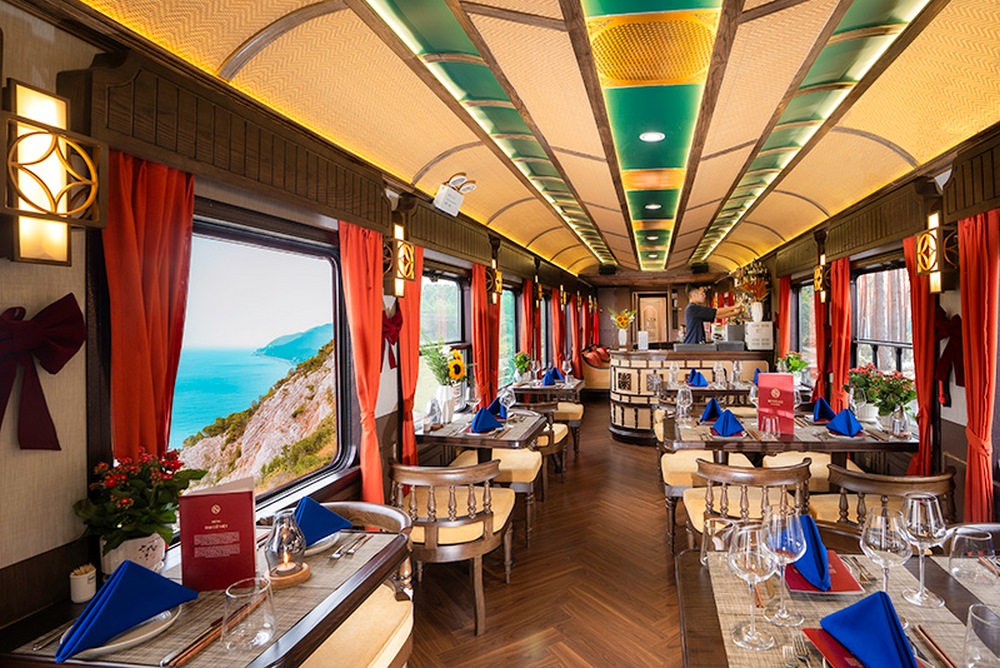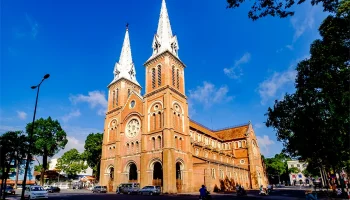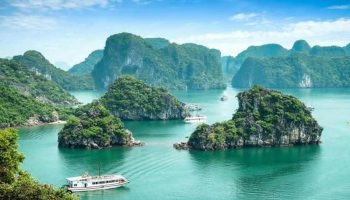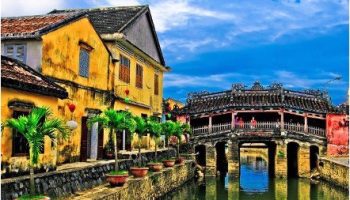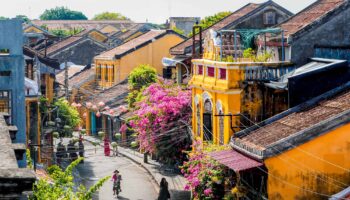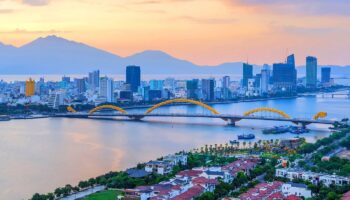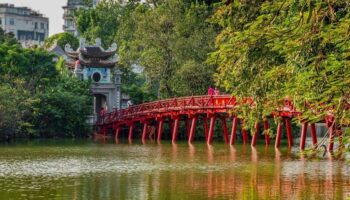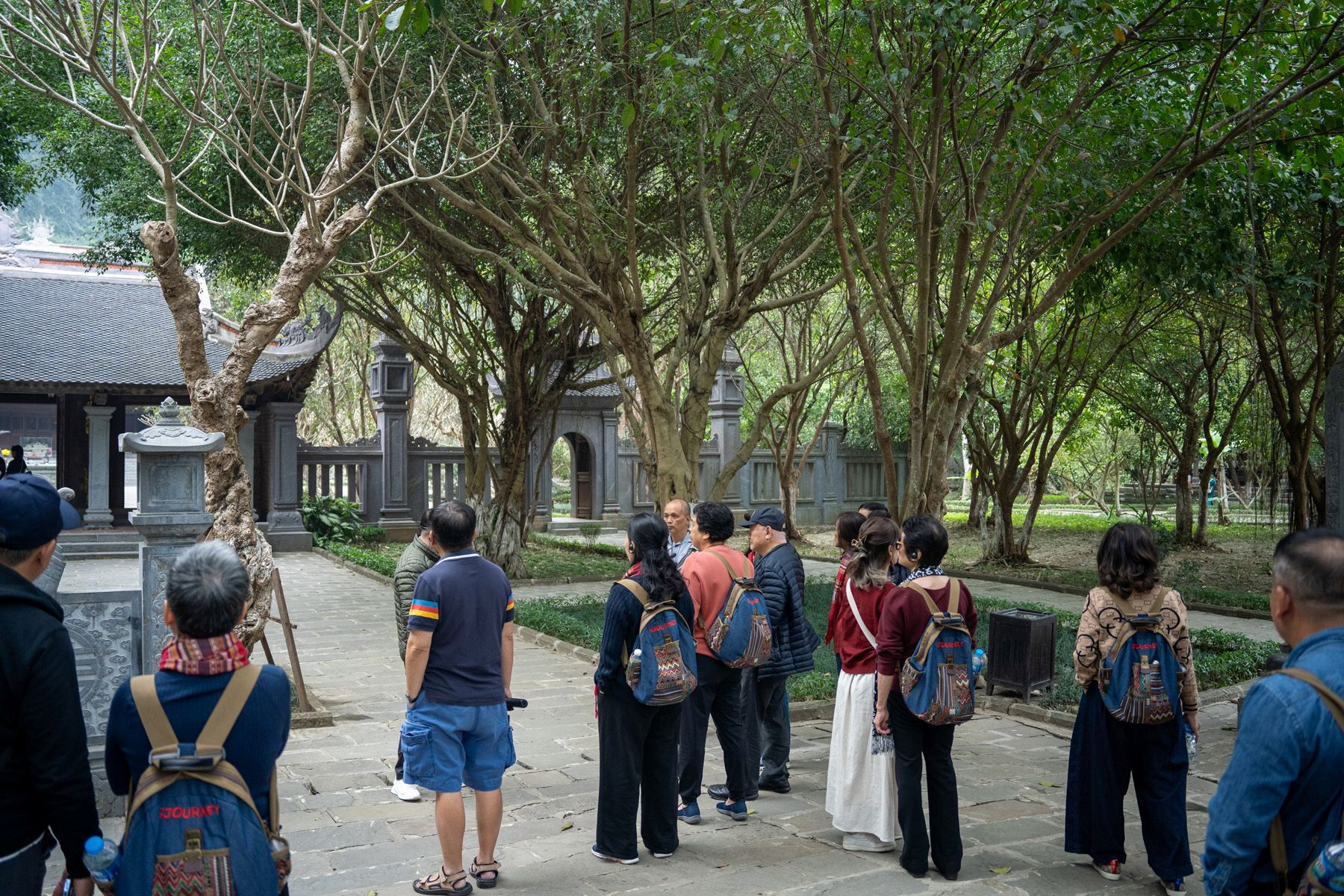
Hoa Lu Ancient Capital: Unveiling Vietnam’s Rich Historical Legacy
Nestled in the heart of Ninh Binh province, Hoa Lu Ancient Capital stands as a testament to Vietnam’s rich cultural heritage and tumultuous history. Once the political and cultural center of the nation, Hoa Lu continues to captivate visitors with its well-preserved architecture and profound historical significance. This article delves into the captivating story of Hoa Lu Ancient Capital, from its prehistoric roots to its current status as a treasured historical site.
Table of Contents
ToggleThe Early Origins of Hoa Lu
The story of Hoa Lu begins in the mists of prehistory. Long before it became the seat of Vietnamese kings, the area was home to early civilizations drawn by its abundant natural resources. The region’s network of caves, freshwater sources, and diverse wildlife made it an ideal settlement for ancient hunter-gatherers.
During the semi-mythical Hong Bang dynasty, the area that would become Hoa Lu saw the formation of early clans and alliances. These groups were united by a shared belief in their divine ancestry, considering themselves descendants of dragons. This period laid the cultural foundations that would later shape the kingdom of Hoa Lu.
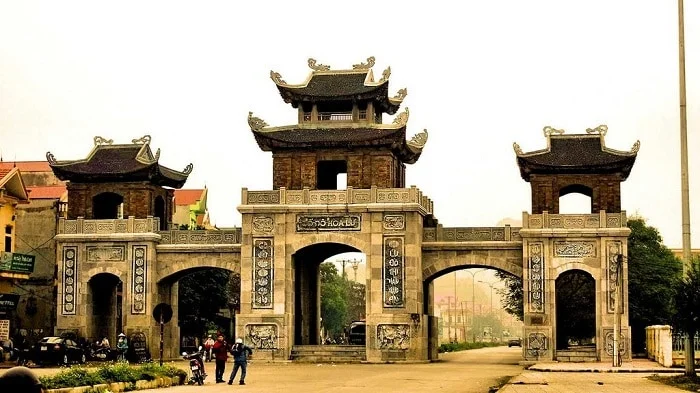
A Millennium Under Foreign Rule
Hoa Lu’s path to becoming the capital of Vietnam was not a straightforward one. For nearly a thousand years, the region, along with the rest of Vietnam, fell under Chinese domination. This period saw Hoa Lu largely abandoned and forgotten, its once-thriving communities scattered and its resources exploited by foreign rulers.
The landscape during this time was wild and untamed, with fierce animals roaming the mountainous terrain. Chinese maps of the era barely acknowledged Hoa Lu’s existence, a testament to how thoroughly it had been marginalized under foreign rule.
The Rise of Hoa Lu: The Dinh Dynasty
Hoa Lu’s fortunes changed dramatically with the rise of Dinh Bo Linh in the 10th century. After unifying the country and repelling Chinese invasions, Dinh Bo Linh chose Hoa Lu as the capital of his new kingdom, Dai Co Viet – the precursor to modern Vietnam.
Dinh Bo Linh’s choice was strategic and visionary. He recognized Hoa Lu’s natural defenses, with its “layered mountains and rivers intertwined,” as he described it. The location offered both naval and land advantages, with forests providing protection and plains offering access to the sea.
Under Dinh Bo Linh’s rule, Hoa Lu transformed from a forgotten backwater into a thriving capital. New palaces, temples, and fortifications sprang up, symbolizing the wealth and power of the nascent Vietnamese state.
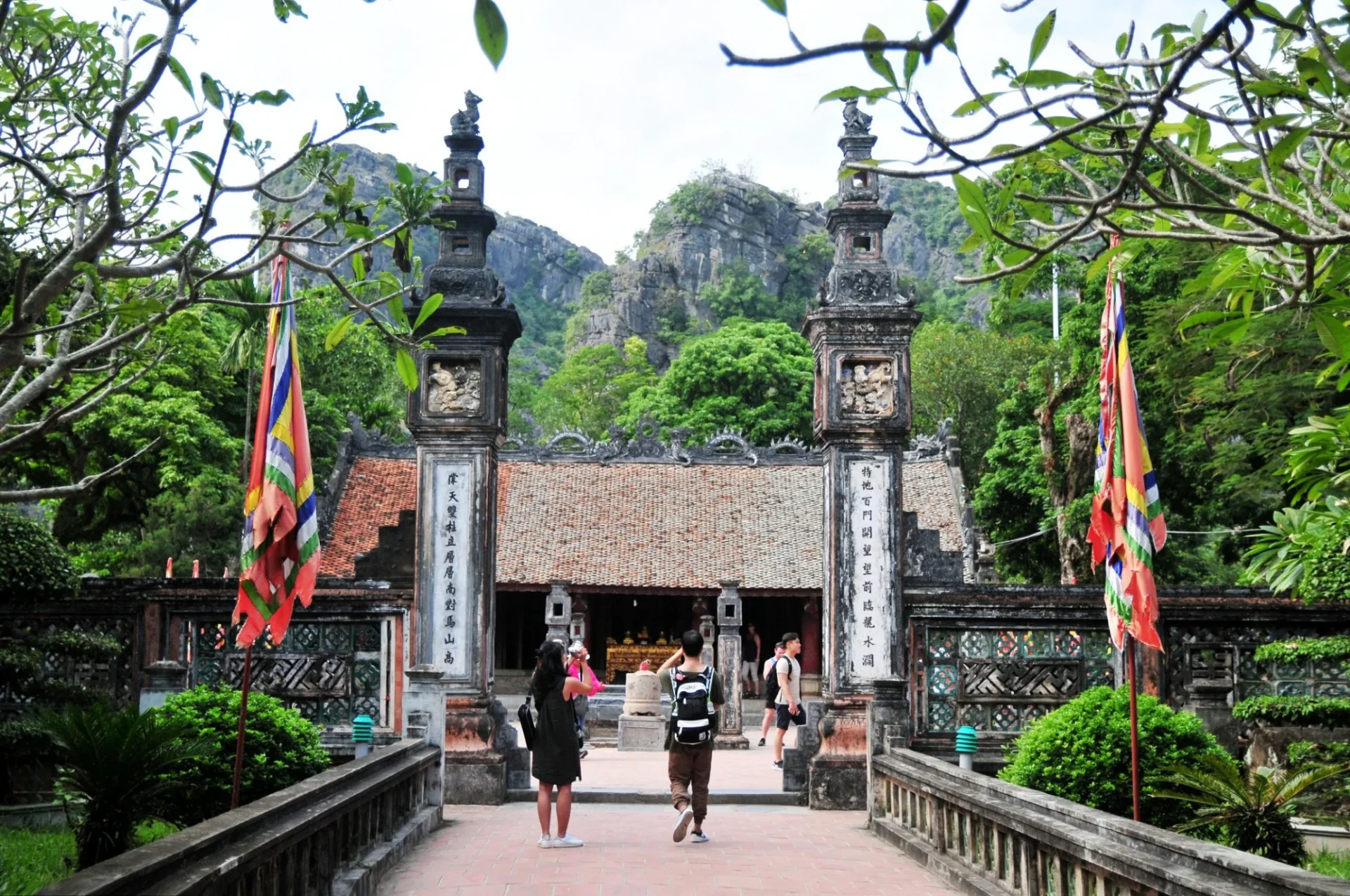
Hoa Lu as a Strategic Fortress
While Hoa Lu’s tenure as the capital was relatively brief, its importance in Vietnamese history continued long after the seat of power moved to Thang Long (modern-day Hanoi) in 1010. Under subsequent dynasties, including the Ly, Tran, and Later Le, Hoa Lu served as a crucial military stronghold.
The natural features that made Hoa Lu an ideal capital also made it an excellent defensive position. Its mountain ranges and river networks proved invaluable in repelling invasions, most notably during the Mongol-Yuan invasions of the 13th century. Hoa Lu’s fortifications played a pivotal role in Vietnam’s successful defense against these formidable adversaries.
Cultural and Religious Significance
Beyond its military importance, Hoa Lu also held great cultural and religious significance. From the 13th to 16th centuries, the region saw a flourishing of Buddhism. Emperors often retreated to Hoa Lu for spiritual practices, and numerous temples and pagodas were constructed during this period.
These religious structures, many of which survive to this day, add another layer to Hoa Lu’s historical tapestry. They stand as testament to the spiritual life of Vietnam’s rulers and the broader population, offering insights into the beliefs and practices that shaped Vietnamese culture.
Hoa Lu in Modern Times
The story of Hoa Lu Ancient Capital didn’t end with the fall of imperial Vietnam. In recent decades, there has been a renewed focus on preserving and understanding this crucial historical site. Extensive archaeological work has been undertaken, uncovering new insights into Hoa Lu’s past.
A significant discovery came in 2021 when archaeologists unearthed remnants of strategic foundations dating back to the 10th century Dinh and Early Le dynasties. These findings have expanded our understanding of Hoa Lu’s layout and architecture during its heyday as Vietnam’s capital.
Today, Hoa Lu Ancient Capital spans over 300 hectares, encompassing a vast array of historical treasures. Visitors can explore ancient walls, mysterious caves, ornate temples, and royal tombs. While much has been discovered, archaeologists believe that many more historical artifacts remain buried, waiting to be uncovered.
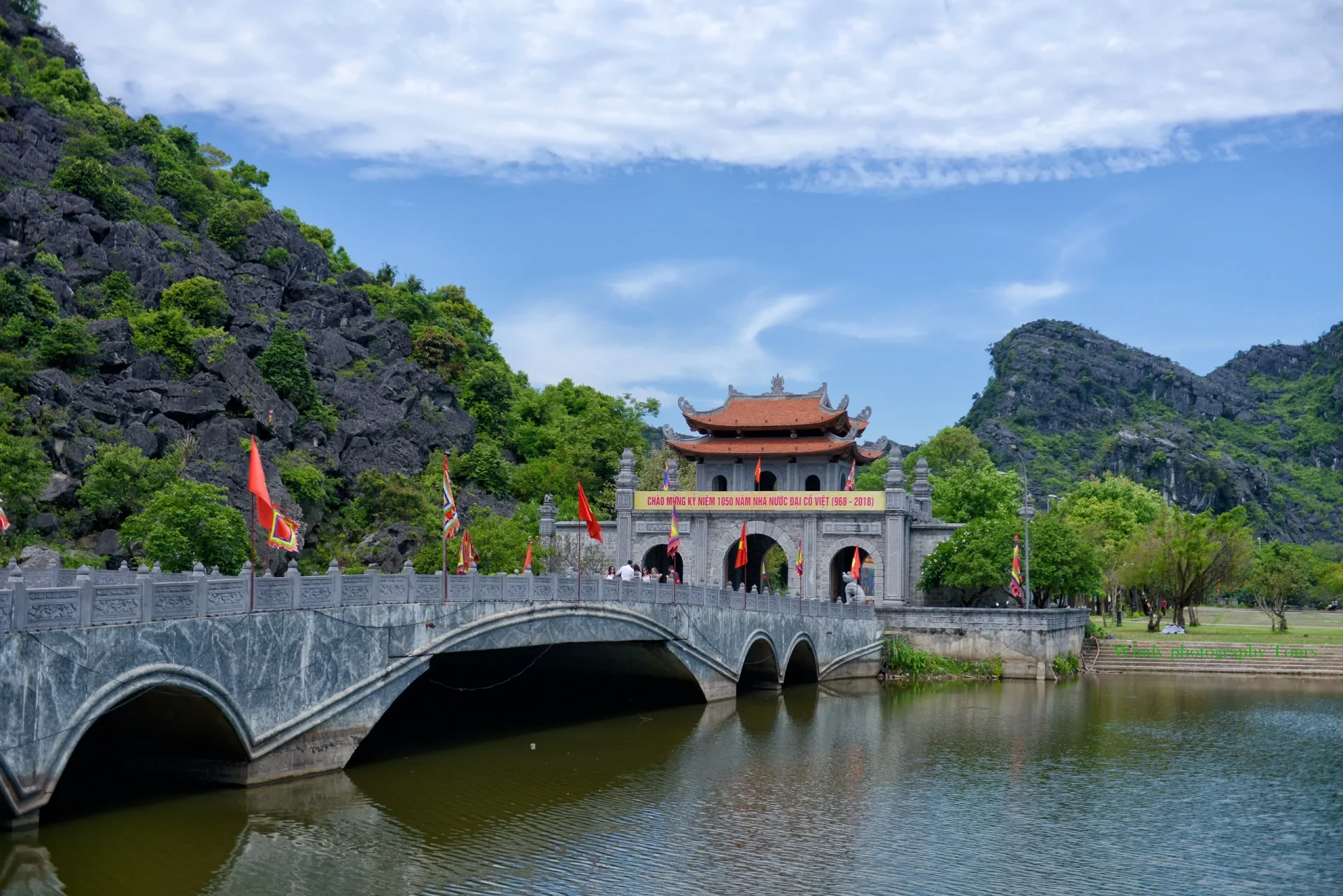
Preserving Hoa Lu for Future Generations
Recognizing the immense historical and cultural value of Hoa Lu, significant efforts are underway to preserve and restore this ancient capital. The local government, in cooperation with national archaeological institutions, has implemented comprehensive plans for the site’s conservation and development.
These efforts aim not only to protect the existing structures but also to continue the work of excavation and research. As new discoveries are made, they are carefully documented and, where possible, opened to the public, allowing visitors to gain an ever-deeper understanding of Hoa Lu’s rich history.
Experiencing Hoa Lu Ancient Capital
For those wishing to explore this remarkable historical site, Hoa Lu Ancient Capital is easily accessible from major cities in northern Vietnam. While many visitors opt to travel by car or bus, a unique and luxurious option is available through SJourney‘s cross-country train tour.
→ Discover the full SJourney itinerary from Hanoi to Ho Chi Minh City, with unique stops along the way HERE
SJourney offers an immersive experience that allows travelers to step back in time and explore the enduring legacy of Vietnam’s imperial dynasties. The tour includes visits to key sites within Hoa Lu, providing expert guidance to help visitors fully appreciate the historical and cultural significance of each location.
After exploring the ancient capital, guests can enjoy a lavish lunch with views of the stunning Tam Coc limestone mountains, sample local delicacies, and even participate in a cycling tour of the surrounding countryside. This combination of historical exploration and modern luxury offers a truly unique way to experience Hoa Lu Ancient Capital.
Conclusion
Hoa Lu Ancient Capital stands as a bridge between Vietnam’s past and present. From its prehistoric origins through its golden age as the seat of Vietnamese kings, to its current status as a treasured historical site, Hoa Lu continues to captivate and inspire.
As ongoing preservation and archaeological efforts uncover more of its secrets, Hoa Lu promises to remain a source of fascination for generations to come. Whether you’re a history enthusiast, a cultural explorer, or simply a curious traveler, a visit to Hoa Lu Ancient Capital offers a unique opportunity to immerse yourself in the rich tapestry of Vietnamese history.
For those interested in experiencing Hoa Lu Ancient Capital as part of a luxury train journey through Vietnam, visit SJourney’s website or contact us directly via:
- Email: inquiry@vietnamluxuryexpress.com
- Hotline 24/7: +84 975 119 466
- Facebook: SJourney
Embark on a journey through time and discover the enduring legacy of Hoa Lu Ancient Capital, a true gem in Vietnam’s historical crown.
SEE MORE:
Vietnam Luxury Train – The Ultimate Experience For All Tourists
